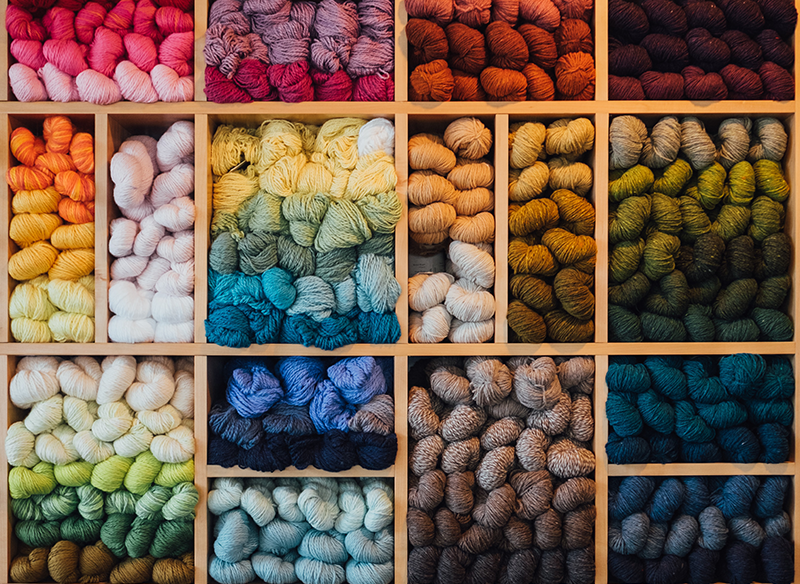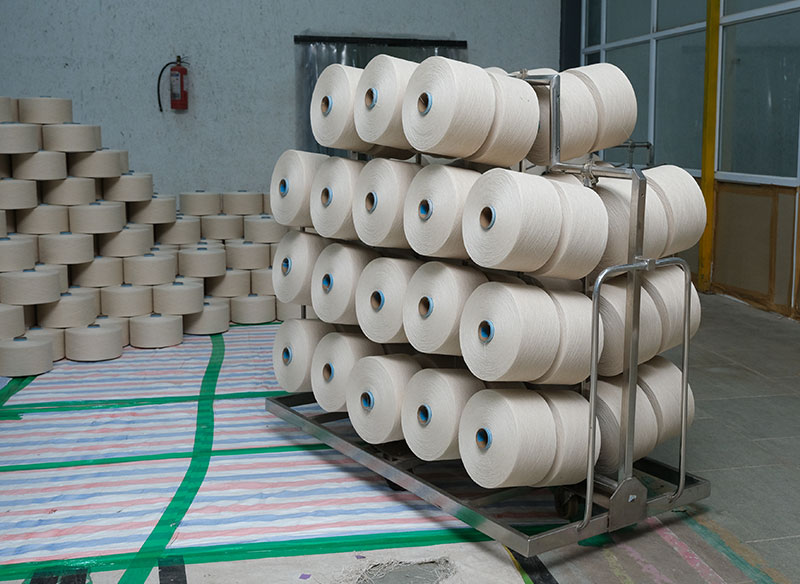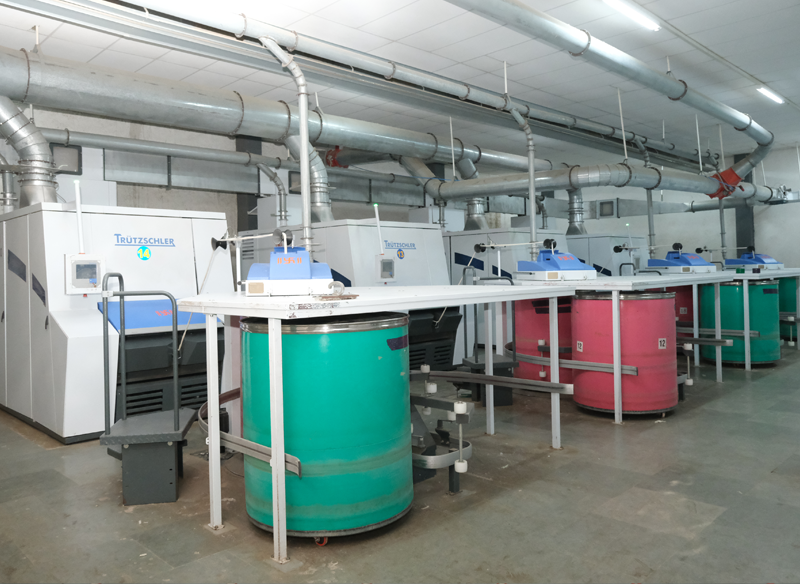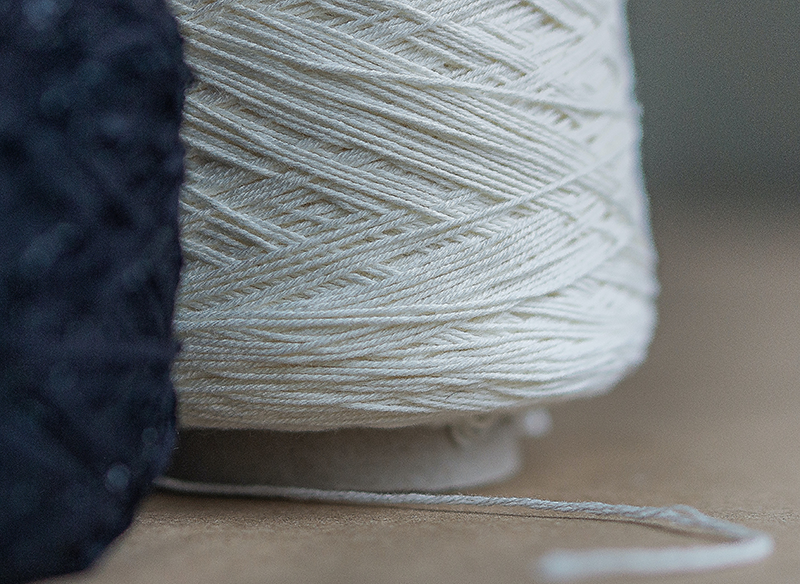25 Jan, 2025

What is open end yarn and properties
What is open end yarn?
Spinning, also known as open-end spinning, is the procedure that is used to create open-end yarns. In certain circles, this technique is also referred to as the carded, break, or rotor spinning method. After the drafting phase, the silver is then directly put into the rotary beater as part of this process of spinning; this means that the roving process does not take place.
During this stage of the process, the silver is combed by the machine after being directly fed into it. After this step, fibers are deposited onto the rotor, where they are further deposited along the groove with the assistance of air current and centrifugal force. After this step, the yarns are taken from the center of the rotor, and the fibers are subsequently twisted from the yarns.
When using this particular method of spinning, the package does not need to be rotated in order to create a twist in the yarns. This not only provides a greater speed for twisting but also reduces the amount of power that is necessary for the process. Since this is the case, the production rate of open-end spinning is approximately six to eight times greater than that of the ring frame spinning method.
Yarns that are produced using the technique of open-end spinning have a structure that is consistent; while having a lesser strength than other yarns, they have excellent resistance to abrasion. They are more extensible, thicker, and absorbent in their natural state.
Open end yarn properties:
The open-end yarn is characterized by the following qualities:
Tensile strength:
The open-end yarn has a disorganized arrangement of the fibers inside it. A lower degree of parallelization of the fibers can be observed. Along the length of the skein, there are several fibers that are not aligned parallel to one another. The open-end yarn has a weak tensile strength as a result of these unique fibers.
The evenness of the yarn:
Because the short-term mass leveling occurs within the rotor while the operation is taking place, the open-end yarn is more uniform than the ring-spun yarn.
The bulkiness of yarn:
When compared to the ring spun yarn, the open-end yarn contains fewer parallel strands. When compared to ring spun yarn, open-end yarn is characterized by a greater propensity toward bulkiness. This is because open-end yarn exhibits a lower degree of fiber parallelization.
The rigidity of the yarn:
The combination of the relatively straight core fibers and the sheath-core structure results in a yarn that is stiffer in terms of both its tensile and bending qualities.
Elongation:
The open-end yarn has excellent elongation characteristics.
Abrasion resistance:
The abrasion resistance of the open-end yarn is high.




